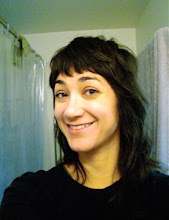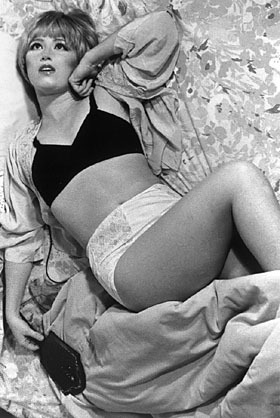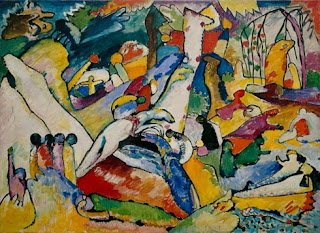
http://postdash.com/blog/wp-content/uploads/2009/05/matthew-barney-c-31.gif
Matthew Barney " The Apprentice (Cremaster 3)" 2002

http://www.gandy-gallery.com/pict/n_goldin_invit.jpg
Nan Goldin " The Innocents" 1998

http://www.english.uiowa.edu/courses/boos/galleries/afamgallery/image/simpsonguarded1989.jpg
Lorna Simpson "Gaurded Conditions" 1989

http://www.thebody.com/visualaids/web_gallery/2002/baysa/images/05_large.jpg
Felix Gonzales-Torres " Untitled (Portrait of Ross in L.A.)" 1991

http://www.artfagcity.com/wordpress_core/wp-content/uploads/2007/08/cao-fei-imirror.jpg
Cao Fei "i-mirror 2" 2007

http://en.wikipedia.org/wiki/File:Hirst-Shark.jpg
Damien Hirst " The Physical Impossibility of Death in the Mind of Someone Living" 1992

Tracey Emin "My Bed" 1998
During this time, with the availability of many perspectives accessible at any moment, it is challenging to define what art is. From my privileged seat of middle class America, on my personal computer, I can find art from anywhere, in an instant. I am influenced by this luxury, by my cell phone, by cheaper world travel, by television. Art, from here, and in environments as privileged as this, take these elements into account and reflect everything. I am aware, also through my luxurious computer, cell phone, television and world travel, that is not the case everywhere, only on this end of the spectrum. On the other end are people, some artists, living with none of these amenities, and making valid art just the same, reflecting their worlds, inner and outer. At every possible point in between these polarities, also, there are artists making art.
I would give the art of 2010 the name, whimsically, TMI, the acronym for Too Much Information, used by texters on their cell phones. To try to encompass the origins of all of these styles, genres and creations is literally impossible. It is impossible to say when this movement, or any movement, began for exactly the same reason. We have TMI, Too Much Information. No longer able to define a narrow movement, limited by the limits of technology, today's artist/art theorist is denied that naivete. Like cartographers who once thought they could map the flat world until technology showed them a wider world, perhaps the day is done for trying to give it all a Name; the world is simply too wide. Along these lines, maybe these are some of the principles associated with the art of today, at least in places privileged enough to experience the expansive technology; principles such as reactions to Globalization, a greater awareness of more people, places and things, and along with that, a shorter and more saturated attention span. Perhaps some artists, such as Mathew Barney or Nan Goldin, respond to this large/small world by becoming more personal. Others, such as Lorna Simpson or Felix Gonzales-Torres use the language of Minimalism to respond to questions of racism, or consumerism. Some artists, such as Cao Fei use the technology of today to take us through the life of today with avatars and role play. Young Brittish Artists Damien Hirst and Tracy Emin use shocking artifacts to convey the experience of being alive in the world today.
Some important critics from this time are Arthur Danto and his openness to new forms of art, and Anthony Julius, art critic and lawyer, who looks at the privileged protection of artists.


























